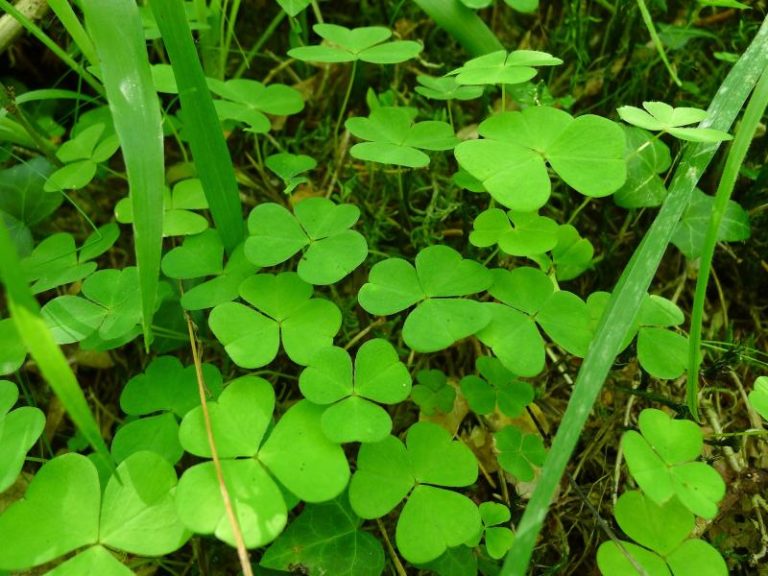Foraging For Edibles – Amaranth
I get commissions for purchases made through links in this post. View our Affiliate Disclaimer.
Foraging for edibles is a useful skill to have, whether you are a survivalist, or just want to be able to use the nature around you! Amaranth is another plant one plant can forage for in the wild, along with other plants such as Purselane and Wood Sorrel.
As always, when foraging for wild edibles, you need to exercise caution. Tag along with someone more knowledgeable than you and learn from them. Books can be a useful resource too! Make sure you can identify the plants correctly before attempting to consume.
Take a look at our Guidelines For foraging For Wild Edibles to get some tips on foraging safely!
What is Amaranth?
Amaranth is a plant that is native to the Americas, but has spread to most continents across the globe.
In many countries it is considered a weed and is the bane of many farmers lives, as it grows extremely fast and is a prolific seeder.
It was actively cultivated by the Aztecs in Peru for thousands of years. It is still a native crop in that region. Currently it is also grown in Africa, India, China and Russia. In recent times it has started to become recognized for it’s nutritional value in North America too!
Amaranth is a summer annual with about 60 different species described. The plant can grow up to 6 feet tall, and the flowers are usually bright red or gold. The large leaves can be green, or slightly purple in colour. The stem of the plant can also have some red striping to it in some species.
The seed that is produced from the tiny flowers are small and nutritious. The small round seeds can range in color from brown to black.
What Are the Benefits of Amaranth?
You can use pretty much all parts of the plant as food, but the most important parts are the leaves and seeds. Amaranth is higher in important minerals, such as calcium, iron, and phosphorus than most vegetables found in your supermarket.
The seeds can be ground to a flour which, importantly is gluten-free and so high in protein it is considered a superfood!
Amaranth is so nutritious that for the Aztecs, constituted up to 80% of their energy requirement, prior to the arrival of the Spanish invaders.
Amaranth grains have a high protein content that is equivalent to that of milk, but is more easily digested.
It has been known to reduce blood pressure as well as assist in the prevention of a number of chronic ailments such as diabetes, heart disease, cancer, and stroke.
How To Use Amaranth
You can use Amaranth leaves as a green, similar to the way you would use spinach leaves. Like spinach, the amaranth leaves are high in oxalic acid, so you may want to boil them to remove some of the oxalic acid before use. They can however be used raw, in moderation. People suffering from arthritis, rheumatism, kidney stones or gout should limit their intake of oxalic acid.
Amaranth seeds that have been ground make a great thickening agent for sauces, soups, or stews.
The whole grains can be eaten as a snack. They have a light, nutty, or peppery-crunchy texture and flavor. The grains are often toasted much similar to popcorn and mixed with honey, molasses, or chocolate to make a tasty sweet treat.
Learn to forage for wild edibles and you will never be far from a nutritious snack, or even a complete meal!
Foraging is not only a good skill to learn, but it can also be a fun outdoor activity for the whole family!
Get more posts like this
Subscribe to our mailing list and get interesting homesteading and green living info and updates to your email inbox.
Thank you for subscribing.
Something went wrong.







